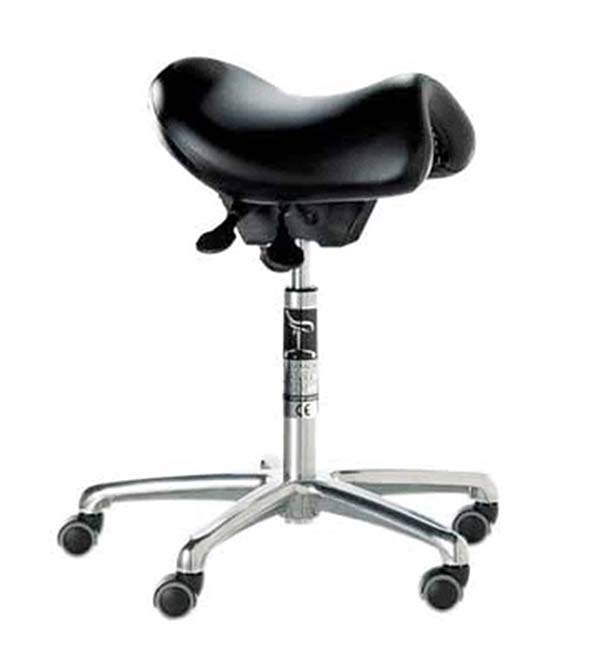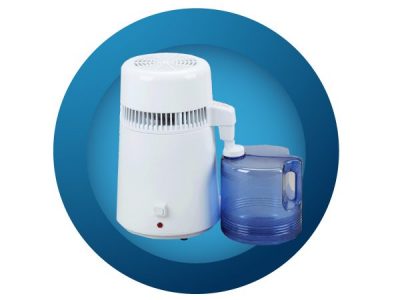Previously called ‘radical’ and ‘unconventional’, saddle-style dental stools are becoming more mainstream and increasingly popular in dentistry.
Buying a saddle-style dental stool will improve your posture markedly, and you’ll avoid the back pain problems that plague 65% of dentists. But what are these stools and why are they so good? We take a deeper look…
How do you sit in a saddle stool?
Sitting on a saddle stool may take some getting used to at first. Rather than sitting like normal, the position is more halfway between sitting and standing, but with the lower body fully supported in a tripod position. The hips are slightly flexed, and the thighs slope steeply (45°) downward. The seat is adjusted flat which maintains the lumbar curve of the spine and a more neutral head posture.
What are the ergonomic benefits of saddle stools?
Research supports the positive impact of saddle-style stools on the musculoskeletal system. Unlike traditional flat operator stools, they promote a neutral pelvic position and balanced posture. This new, alternative method for sitting eases stress on the spine and supports its three natural curves.
With a saddle-style stool, back pain is prevented as the stability for the lower body is increased by activating the deep trunk stabilising muscles. The upper body can move more freely and precisely.
For example, if you need to twist to access equipment, or if you reach up to adjust the overhead lamp, you can easily go from sitting to standing. Posture is better maintained in this position, and diaphragmatic breathing is improved.
Excessive forward reaching is also minimised, especially for dentists with short torsos. The patient is easily accessible with a saddle-style stool. Muscles in the shoulders and neck are also more relaxed.
Can I move saddle stools around?
Yes, the stool can be moved around, due to having castor wheels. You also use the hips and the larger thigh muscles to move it around, rather than bending at the waist and putting strain on your calf muscles.
Want to learn more? You can prevent lower back pain now and into the future. Contact us today!




